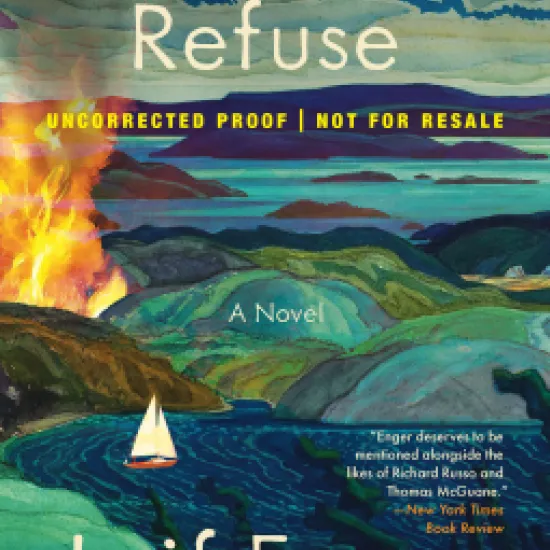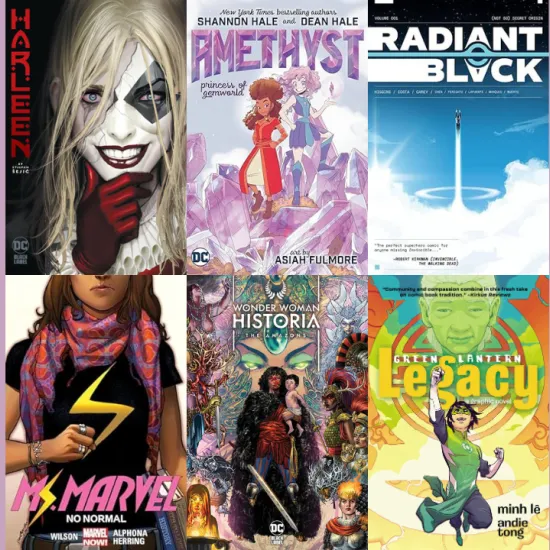- Sarah Gough
- Thursday, November 12, 2020
One of the very first things a child experiences in this world is measurement and data analysis.
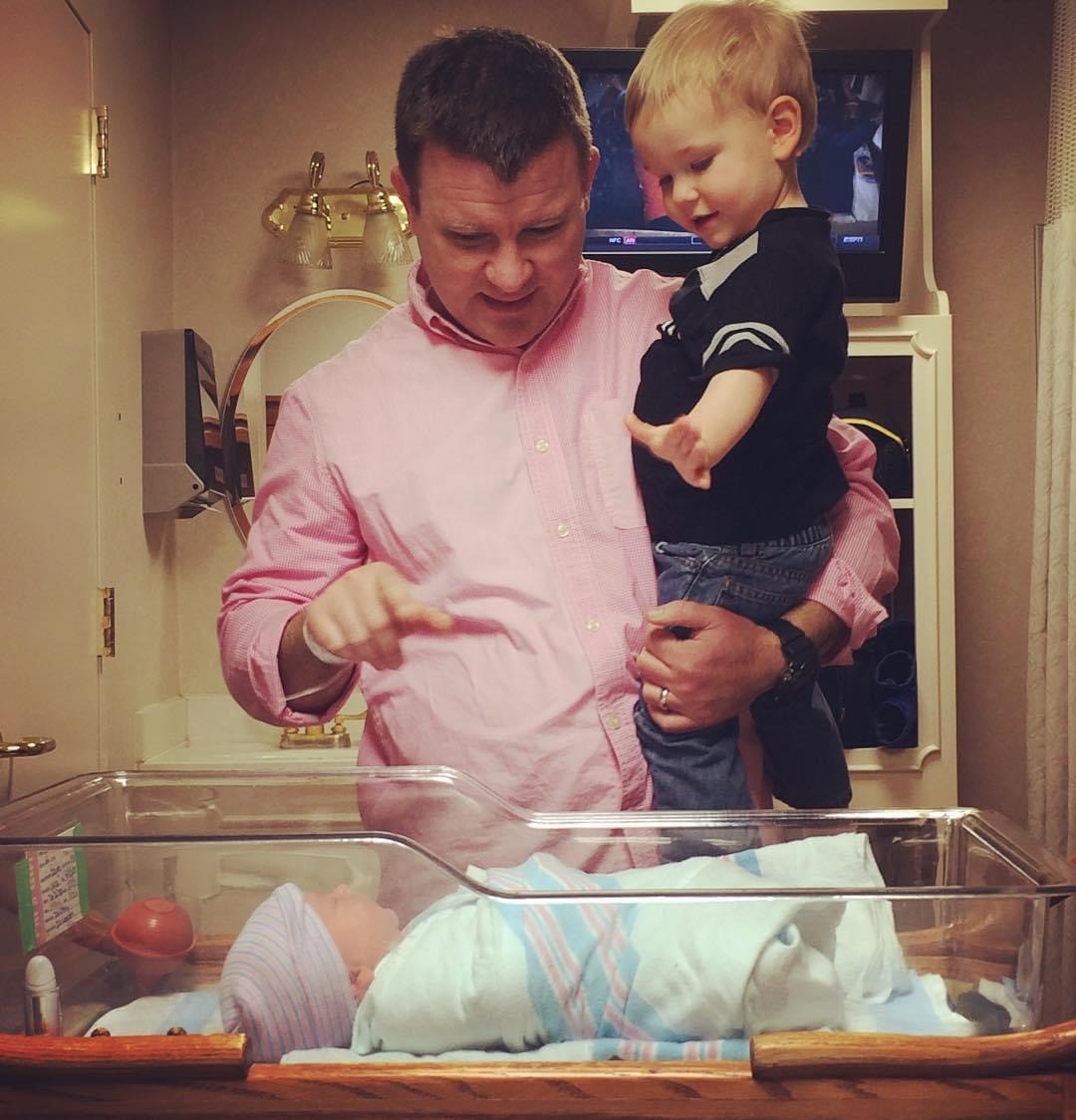 As soon as they are born, the exact time is noted and they are whisked away to be weighed, measured for length, and analyzed according to their reflexes, respiration, heart rate, appearance, and more. We celebrate these data points on their birth announcements. At every doctor's visit, they are again measured and shown where their data falls on a growth chart compared to other children. We proudly mark their growth over time on door frames. There are many other real-world examples of how measurement and data analysis are woven into our lives, from cooking to relying on clocks to keep us on schedule to making sure our new sofa will fit through the doorframe. We are constantly measuring and analyzing the world around us.
As soon as they are born, the exact time is noted and they are whisked away to be weighed, measured for length, and analyzed according to their reflexes, respiration, heart rate, appearance, and more. We celebrate these data points on their birth announcements. At every doctor's visit, they are again measured and shown where their data falls on a growth chart compared to other children. We proudly mark their growth over time on door frames. There are many other real-world examples of how measurement and data analysis are woven into our lives, from cooking to relying on clocks to keep us on schedule to making sure our new sofa will fit through the doorframe. We are constantly measuring and analyzing the world around us.
If any mathematical concept can be intrinsically understood, I believe it is this one. Without realizing it or being explicitly taught, children will sort things around them based on their attributes -- the size of rocks and length of sticks, who is taller and shorter, who is younger and older, who has more marshmallows in their cocoa, and who can run faster. They want to know how long it will take to get to Grandma's house, and whether more people prefer a certain color or movie or food. Children naturally measure by comparing and classifying the world around them.
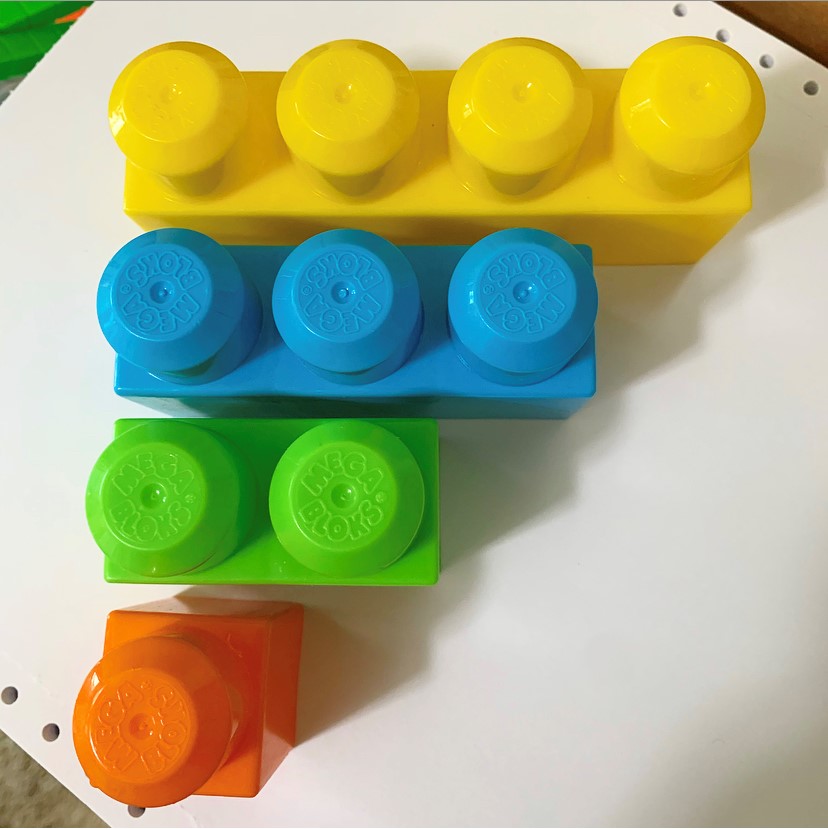 The goal of this educational standard is to take that natural inclination, make it intentional, and learn about the conventions and tools we use to keep track of measurements and draw conclusions from what we've observed.
The goal of this educational standard is to take that natural inclination, make it intentional, and learn about the conventions and tools we use to keep track of measurements and draw conclusions from what we've observed.
The kindergarten and first grade measurement and data analysis standards are closely linked. Many of the same books, activities, and videos can be used to teach both grades.
SC Kindergarten Math Standard: Measurement & Data Analysis
- Your child can identify aspects of an object that can be measured, such as length and weight
- Your child can use comparison words to describe objects, like lighter/heavier and shorter/longer
- Your child can sort and classify items into 2 or 3 categories such as rough or smooth
- Your children can use objects and picture graphs to draw conclusions
- Your child can use tally marks from 1 to 10 then from 1 to 20
Multimedia
In this Super Fab Lab! with Sid The Science Kid, learn about Nonstandard Measurements
In this interactive video from Kids Academy, children can practice sorting leaves by color, size and shape.
SC First Grade Math Standard: Measurement & Data Analysis
- Your child can put objects in order by length by comparing them to each other
- Your child can use units of length to show the total length of an object
- Your child can sort and classify items into 3 categories (shape/size/texture/color), represent the “data” using graphs and charts, and use those graphs and charts to draw conclusions
- Your child can tell time to the hour and half hour on digital and face clocks
- Your child can identify coins by value and use the ¢ symbol
Multimedia
Activities
-
Act like an animal and count How Many Jumps! Pretend you're a rabbit, grasshopper, kangaroo, or frog, and measure your jumps against the actual distance each animal can jump.
-
Help May from Sid The Science Kid measure her rock and crystal collection in the game Crystals Rule from PBS Kids.
- Check out these 8 Ways to Use Crayon Pieces for Math, including comparisons, sorting and classifying, and comparing.
- Watch the coin identification music video above, then play store to help your child make real-world connections. Gather a pile of loose change, have your child set up a store with some toys or pantry items to sell, and set a price for each. Take turns counting out the price to buy the toys using different combinations of coins. Click here for other Math Activities with Coins.
- Make a chalk outline of your child as well as other friends, family members, or favorite toys. Measure how long each outline is and make a simple graph to show how each person and object compares. You can use a tape measure to compare using standard units of length, or get silly and creative by using nonstandard. How many action figures tall is sister compared to brother? How many hands or blocks tall are my favorite stuffies?
- Print out this free What's The Time printable and show your child what time certain things will happen throughout the day. This Telling Time Game (another free printable) is a fun way to reinforce telling time on an analog clock and also recognizing the corresponding time on a digital clock.
- These 22 Measurement Activities for Kids at Home or in the Classroom will help build kids’ understanding by exploring weight, length, capacity, and area in hands-on ways using rulers and non-standard units.
Do you want to explore more SC Math Standards?
Visit the Richland Library's SC Education Standards page.
Books to Read
The titles below will help you and your child discuss measurement and data analysis. Want us to pull books for you? Contact us at 803-799-9084 and request to have books sent to your nearest Richland Library location.

Money Math

Telling Time
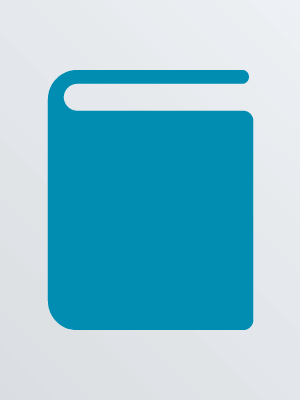
Anno's Math Games

Tortoise and Hare's Amazing Race.

How Long or How Wide?

If the Shoe Fits

The Know-nonsense Guide to Measurements

Sam's Sneaker Squares.

Mud Pie Queen.

¿Qué Es Más Grande Que Yo?

What is Big Compared to Me?
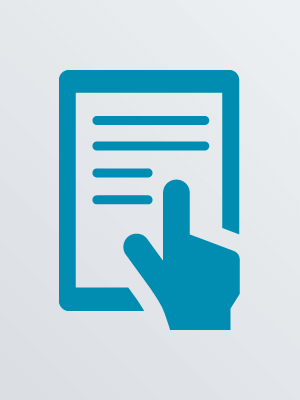
Weigh It!.



Measuring Sizes

About Time

Measuring Penny




How Do We Measure Matter?

Length

Time, Distance, and Speed


The Coin Counting Book


